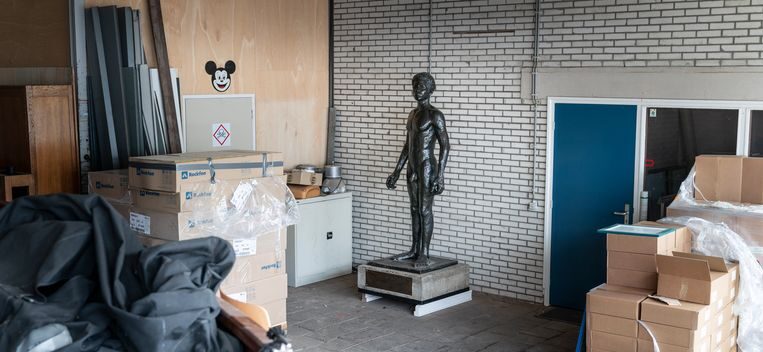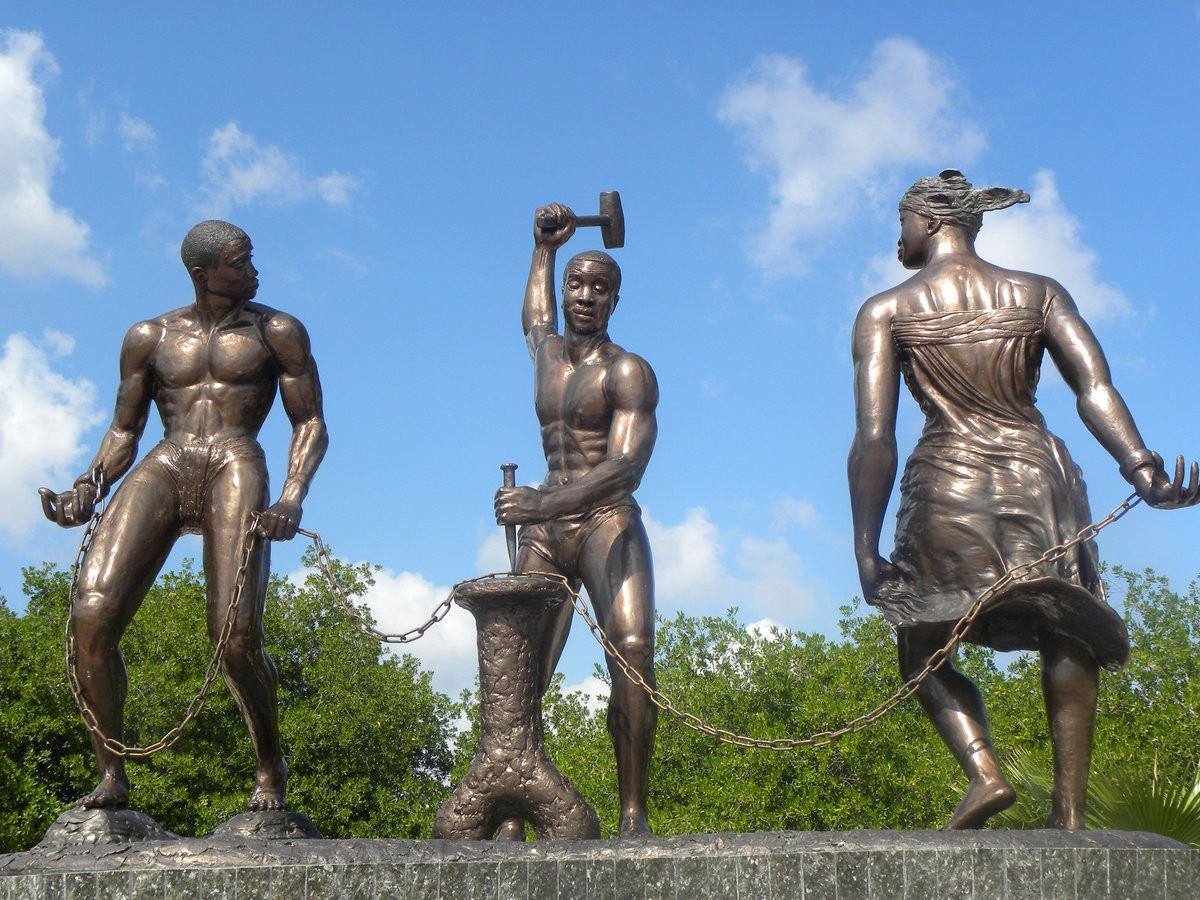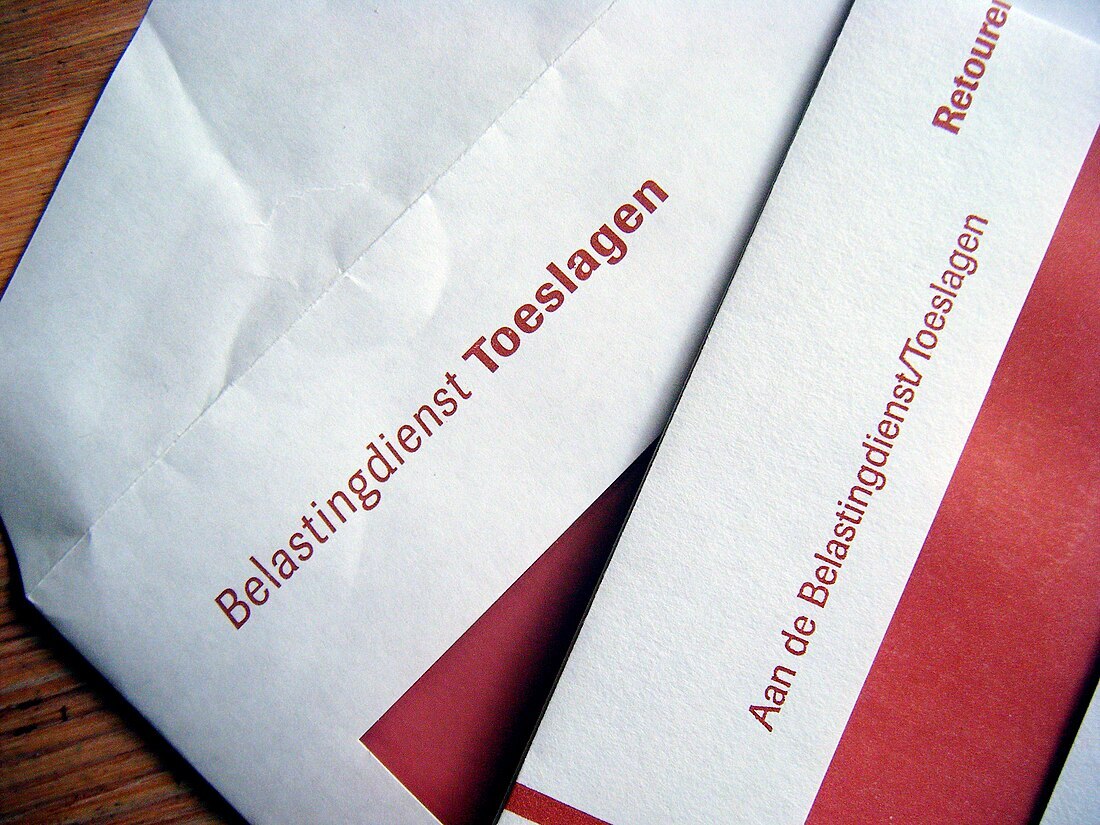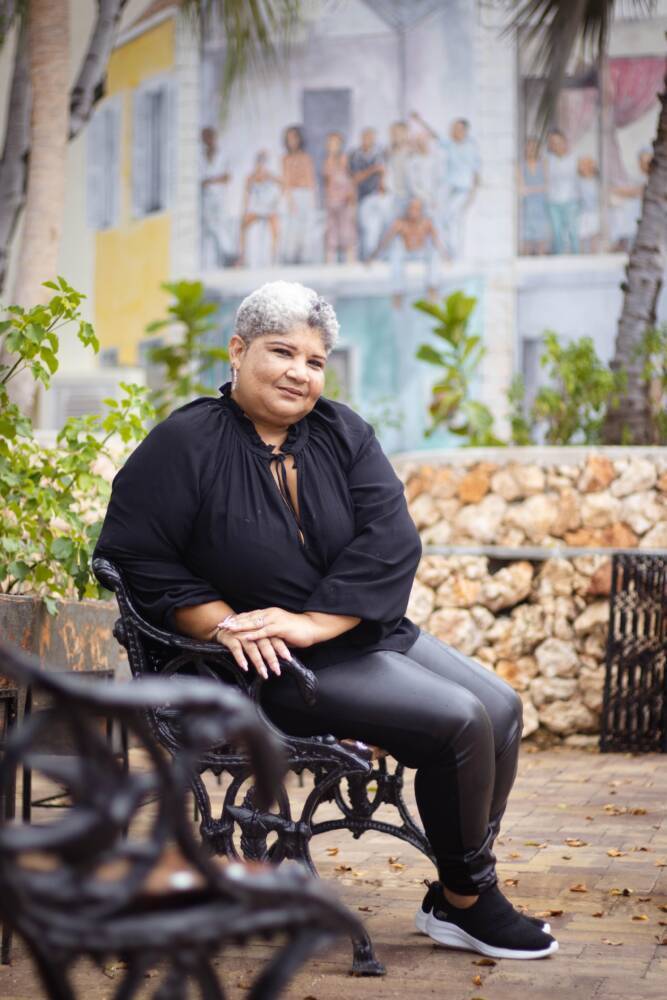It was meant to be the first statue of Tula for Curaçao. But if it is up to the Tula museum, the bronze nude image of the freedom fighter remains in the Netherlands. Why?
It is an impressive statue two meters high; made in 1973 by the Dutch artist Toos Hagenaars. In those days she was living on the island. In order to cast the statue in bronze she took it to the Netherlands. There, to this day, the statue remains in a shed, because it is deemed ‘colonial’.
Now, as then, the Tula museum shares that criticism: the national hero of Curaçao is naked and it’s made by a white Dutch female. “To make a statue of Tula you need to have a lot of knowledge of the history of Curaçao”, says museum director Jeanne Henriquez. “I think she lacked that.”
Hagenaars got the idea to make the statue of Tula after she had seen the first theatre play ever about Tula on Curaçao. In those days there was no statue yet of him on the island. After seeing the play Hagenaars felt called to take on that task.
“That as such is not the problem”, says Henriquez. “But if you take that upon yourself, knowing that this is such an important figure, you need to have a lot more knowledge of how you are going about depicting him.”
Nudity in the Curaçao culture
According to Henriquez nudity in the culture of Curaçao is a loaded subject. “During slavery nakedness was used as a psychological weapon, to make one feel humiliated and dehumanized. It was meant to belittle.”
If one is aware of that, according to Henriquez, one knows that a statue of a naked Tula is inappropriate and colonial.
“Enslaved men were often used as breeding animals, especially after 1814 when it was forbidden to get enslaved people from Western Africa. In those days you could only buy and sell Africans already on the island.”
“So nakedness here is not like the artist Michelangelo fashioning a nude in Italy, because it has a different historical value in Curaçao. You cannot compare apples to oranges.”
Sculptors of Curaçao
“I appreciate the fact that she thought that there should be a statue of Tula”, says Henriquez. “But the way she did it is what I, and many others, are having an issue with.”
A statue of the national hero of Curaçao should have been crafted by someone from Curaçao, opines the museum director. “The person doing this should be very aware and knowledgeable about what has transpired. That person would know how important this is for all of us. That the values important to Tula – equality, freedom, humanism, and courage- must be instilled in the statue.”
Political Curaçao
The Ministry of Education, Science, Culture & Sports notified in reaction that it will follow the recommendation of the Curacao commemoration committee. “Everything to do with the slavery past we do in accordance with the Slavery Heritage Platform.”
Gibi Bacilio, of the aforementioned Platform, did mention earlier that he, for one, does want to see the statue of Hagenaars on Curaçao.








